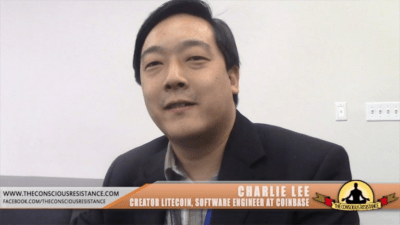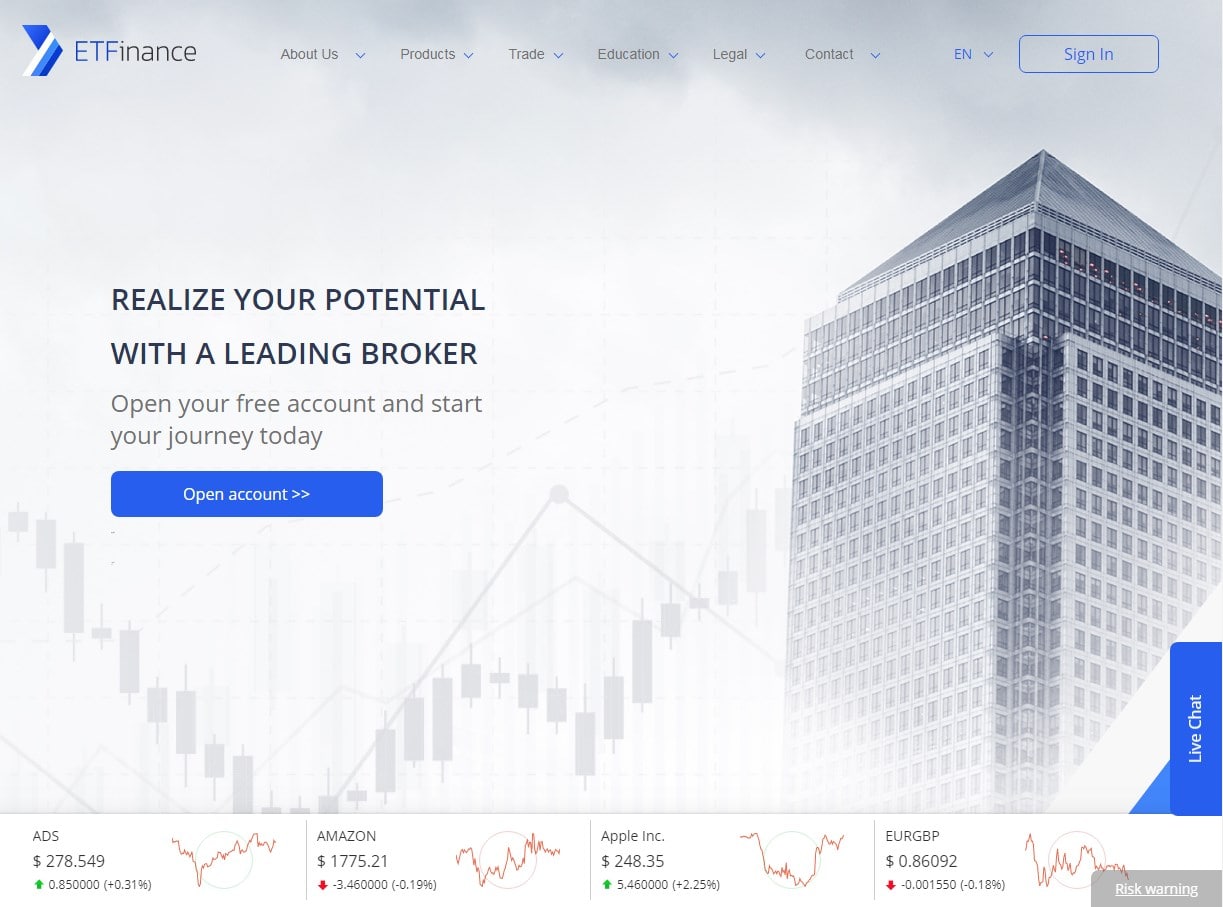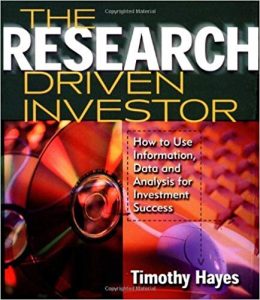Contents:

When the https://day-trading.info/ expires, the bond will mature and be worth $$F_$$. The strike price is $100, and the expiration date is one year from the purchase date and purchasing the call option costs $10. The Call option gives the right but not an obligation to purchase the X Corp stock at $100 on the expiration date irrespective of the market price. If the stock trades above $110, then anything above $110 is pure profit to Mr. A. Put-Call Parity is a key concept in options trading and pricing.


These activities can lead to defaults on the part of speculators and creditors. B is incorrect because arbitrage activities tend to bring about a convergence of prices to intrinsic value. C is incorrect because asymmetric performance is not itself destabilizing. The trading method known as “arbitrage” aims to generate a profit by simultaneously purchasing and selling assets in different markets. This tactic seeks a short-term advantage by taking advantage of mispriced assets in different markets.
Put–call parity
Remember that PV is being long in a forward to purchase the underlying asset, say, a stock. The analysis in this material is provided for information only and is not and should not be construed as an offer to sell or the solicitation of an offer to buy any security. To the extent that this material discusses general market activity, industry or sector trends or other broad-based economic or political conditions, it should not be construed as research or investment advice.
Such opportunities are uncommon and short-lived in liquid markets. If assigned on the short put, the put writer pays the strike price of $50 (a total of $5,000 for one put) and receives 100 shares of ABC. If the investor elects to exercise the call, they would pay $50 per share and receives 100 shares. Please note that these types of arbitrage opportunities hardly exist in a mature market. Further, the transaction fee and the taxes in the real market may make it difficult or impossible to take advantage of any put-call imparity, if available.
The link between a https://forexhistory.info/ call option , a European put option , and the underlying asset are displayed via this put-call parity calculator. You may examine what values each of these variables should take on if parity were to be maintained by entering data. Stock Options in the derivatives market typically fall into one of two categories, “Call” or “Put.” To speculate on a price increase, a Call option is purchased. And when you believe prices will go down, buy a Put option. I have a little confusion regarding the put-call-forward parity. In the CFAI curriculum, it says that one can create a synthetic protective put by going long a forward contract and long a risk-free bond .
the purchase of a call option and the sale of a put option (or vice
There is no AMC charged on Demat account for the first year. There’s no point in having a bond on both sides of the equation; they’ll just net to one bond. As you go through the examples that follow, you may notice that certain strategies use different mixes of products yet have similar risk/reward structures. If you’re ready to find an advisor who can help you achieve your financial goals, get started now. We deliver this stock to cover the short sale, zero loss. The “Best Seller” tag from Udemy is attached to only one best selling course in its category.
Arbitrage is a type of transaction undertaken when two assets or portfolios produce identical results but sell for different prices. A trader buys the asset or portfolio with the lower price and sells the asset or portfolio with the higher price, generating a net inflow of funds at the start of the holding period. Because the two assets or portfolios produce identical results, a long position in one and short position in the other means that at the end of the holding period, the payoffs offset. Therefore, there is no money gained or lost at the end of the holding period, so there is no risk. To replicate the gain/loss characteristics of a long stock position, one would purchase a call and write a put simultaneously. The call and put would have the same strike price and the same expiration.

This equation establishes a relationship between the price of a call and put option which have the same underlying asset. For this relationship to work, the call and put option must have an identical expiration date and strike price. Put–call parity holds for European options with the same exercise price and expiration date, representing a no-arbitrage relationship between put option, call option, underlying asset, and risk-free asset prices.
The pricing relationship that exists between put and call options on the same underlying, the same strike price and expiration date is known as put/call parity. If futures prices and interest rates are negatively correlated, forwards are more desirable to holders of long positions than are futures. This is because rising prices lead to futures profits that are reinvested in periods of falling interest rates. It is better to receive all of the cash at expiration under such conditions. If futures prices and interest rates are uncorrelated, forward and futures prices will be the same. If futures prices are positively correlated with interest rates, futures contracts are more desirable to holders of long positions than are forwards.
In other words, traders can profit off nothing more than the imparity of the contracts. This makes put-call parity an essential concept in options trading. To refine your understanding of put-call parity and how it can play into your overall options investment strategy, consider consulting with a financial advisor. The put-call parity principle states the relationship of the call option and put option with its underlying asset and its strike price. This principle helps the traders and investors to understand the option pricing and how it is impacted by demand and supply in the market.
Preparation Courses
Therefore, a synthetic forward combines a long call, a short put, and a zero-coupon bond with a face value of \(X – F_0\). Let’s say that we have we have the following information for a call and a put option on XYZ stock. The underlying stock is liquid, and there are no transfer barriers. The interest rate does not change with time, and it is constant. The put-call parity principle works on the following assumptions.
Brave face against bullying – Winnipeg Free Press – Winnipeg Free Press
Brave face against bullying – Winnipeg Free Press.
Posted: Thu, 02 Mar 2023 01:00:18 GMT [source]
Bid/ask spreads and other transaction costs impact the ability of investors to implement the above trades. Other factors too will change the relationship – notably dividends and interest rates. The previous examples show how the markets participants would react to a potential arbitrage opportunity and what the impact may be on prices. __Put-call forward parity__ expresses the relationship between the price of a call option and that of a put option, and assumes that an investor creates a __synthetic protective put__. This involves going long on a forward contract, a risk-free bond that has a face value equal to the forward price, $$F_$$, and a put. This position initially costs $$\frac+p_$$ and the put has an exercise price, $$X$$.
In the absence of any https://forexanalytics.info/ or costs, the one-year forward prices of BWQ and ZER should be equal. After subtracting the benefits related to BWQ, the one-year forward price of BWQ is lower than the one-year forward price of ZER. Espresso shall not be responsible for any unauthorized circulation, reproduction or distribution of any material or contents on and its various sub-pages and sub-domains. Kindly note that the content on this website does not constitute an offer or solicitation for the purchase or sale of any financial instrument. The value of the securities may fluctuate and can go up or down. Neither our company, nor its directors, employees, trainers, or coaches shall be in any way liable for any claim for any losses or against any loss of opportunity for gain.
The value of a forward contract at initiation is zero; therefore, the forward price is greater than the value of the forward contract at initiation. The value of a European call option is directly related to the time to expiration. That is, all else held equal, the value of a European call option is higher the longer the time to expiration. B is incorrect because being deep in the money is no reason for an early exercise of call options because there are no theoretical limits to further price increases. A is incorrect because being deep in the money is no reason for an early exercise of call options because there are no theoretical limits to further price increases. Only deep-in-the-money put options may be exercised early.
We will focus on European options on underlying assets with no income or benefit. If the prices of the put and call options diverge so that this relationship does not hold, an arbitrage opportunity exists. This means that sophisticated traders can theoretically earn a risk-free profit.
IBM 250 Digital marketing plan.docx
B is incorrect because due to differences in timing, the forward contracts need to be off-market contracts. The rate considered is the weighted average of trade execution rate and not the net rate after transaction charges and statutory levy. For MIS+ product, while placing order user places first leg order along with compulsory Stop loss trigger order (i.e second leg) & optional book profit trigger order . First leg order gets tagged with second/third leg order and profit and loss will be calculated based on such tagging and will be computed based on the pair of trades that get executed through the product. Can someone please explain me the answer for this question, I tried to understand the same from 2-3 CFA aspirates, but honestly they are not able to explain me the reasoning.
The values of the two portfolios are equal, and the underlying asset for the options is the same forward which is a part of portfolio B. If put–call parity does not hold, then riskless arbitrage profit opportunities may be available to investors. Thus given no arbitrage opportunities, the above relationship, which is known as put-call parity, holds, and for any three prices of the call, put, bond and stock one can compute the implied price of the fourth.
- To make use of this arbitrage opportunity, we will buy the fiduciary call and sell the protective put.
- This example shows why a $50 XYZ call option expiring this June, must trade at the same or lower premium than a $50 call option expiring the following September.
- Government BondsA government bond is an investment vehicle that allows investors to lend money to the government in return for a steady interest income.
- This leads to a net loss of $10 across the whole position.
The formula supposes the existence of two portfolios that are of equal value at the expiration date of the options. The premise is that if the two portfolios have identical values at expiration then they must be worth the same value now. If one portfolio was worth more than the other then traders would buy the undervalued asset and sell the overvalued asset until no further opportunity exists – also referred to as the “no arbitrage” principle. Strike PriceExercise price or strike price refers to the price at which the underlying stock is purchased or sold by the persons trading in the options of calls & puts available in the derivative trading. Thus, the exercise price is a term used in the derivative market.
This therefore means that buying a call and put at the same strike price with the same expiration date will have the same value as the stock price minus the strike price. Given this, the payoff profile of each side will also be the same and we can see this with a synthetic long stock profile, which is long call and short put. Although these chances are rare and short-lived in liquid markets, knowledgeable traders can theoretically make a profit without taking any risks. It also gives you the freedom to make synthetic positions. A long call and a holding of cash equivalent to the strike price’s present value make up a fiduciary call.
This makes sure that when the option expires, the investor will have enough money on hand to execute it. American OptionsAn American option is a type of options contract that can be exercised at any time at the holder’s will of the opportunity before the expiration date. It allows the option holder to reap benefits from the security or stock at any time when the safety or supply is favorable. A European option is the exact opposite of an American option wherein the option holder cannot sell the option until the day of expiration, even when it is favorable.
AbbVie plays it cool in the face of Humira biosimilars – FiercePharma
AbbVie plays it cool in the face of Humira biosimilars.
Posted: Thu, 09 Feb 2023 08:00:00 GMT [source]
In the case of stock options, the value is derived from the underlying stock, interest rates, dividends, anticipated volatility and time to expiration. There are certain factors that must hold true for options under the no arbitrage principle. Are call options inherently more expensive than put options? How can we be sure the options market-place offers fair prices for both calls and puts, even in a hectic, volatile market environment? The answer to these questions can be found in the concept of put call parity and options arbitrage.
In the same way, if Mr. A sells a European put option for the same underlying asset X Corp stock and the same strike price, expiration date, and cost of the option. Mr. A will receive $10 for writing the put option, and now Mr. A does not have the right towards that option as he does not own it. The buyer who has purchased the option has the right but not an obligation to sell you the X Corp stock at $100.
